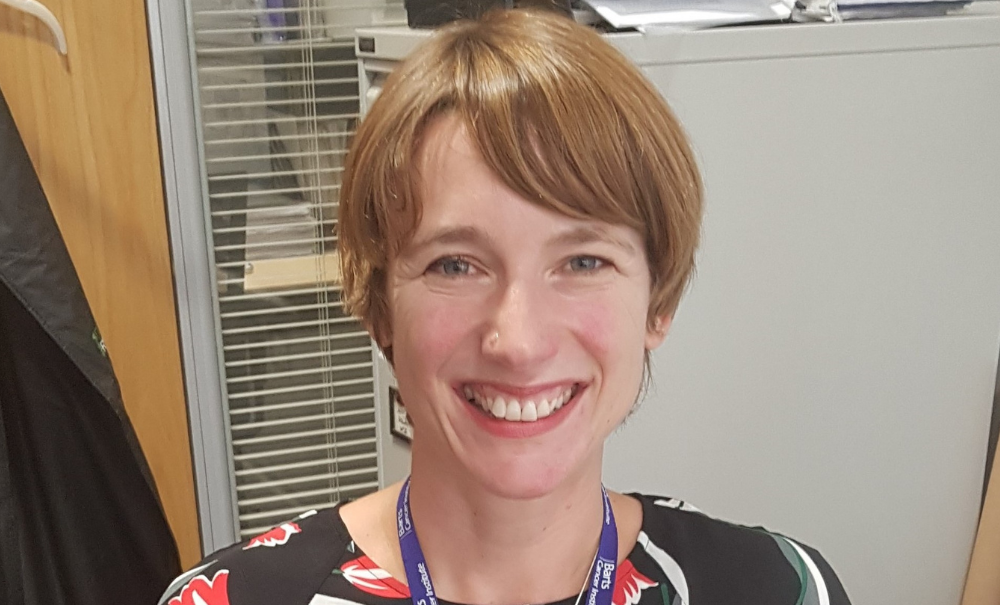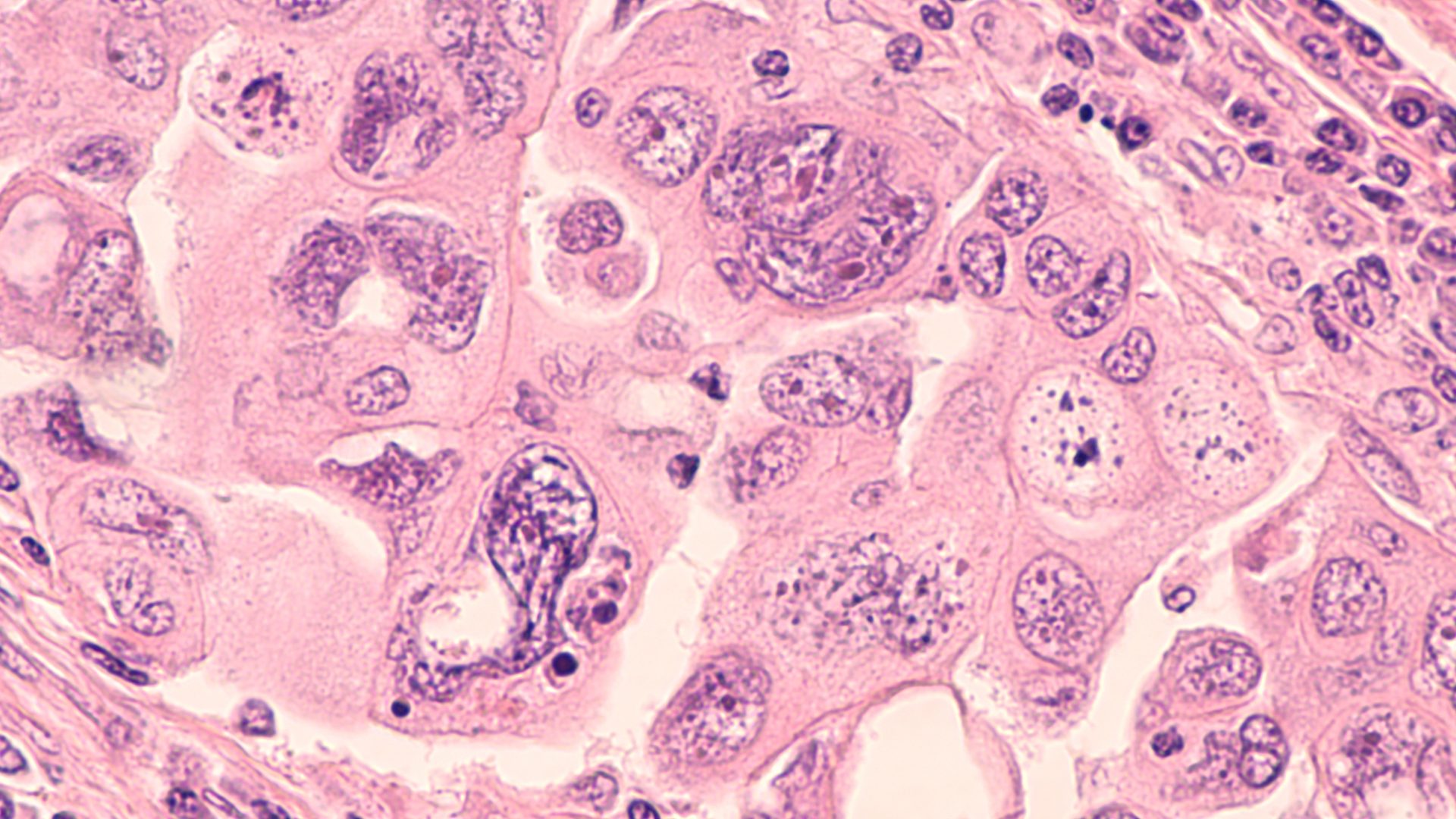Ovarian Cancer Awareness Month: What You Need to Know
According to Cancer Research UK, around 7,500 women are diagnosed with ovarian cancer in the UK each year. Ovarian cancer ranks sixth as the most common cancer among women, causing more deaths than any other cancer of the female reproductive system.
For Ovarian Cancer Awareness Month, we’ve asked Dr Michelle Lockley from Barts Cancer Institute at Queen Mary University of London to answer some pressing questions about ovarian cancer. Here’s what Dr Lockley had to say:

Dr Michelle Lockley, Honorary Consultant Medical Oncology at Barts Cancer Institute


